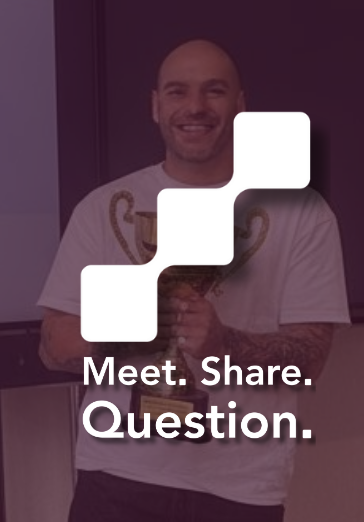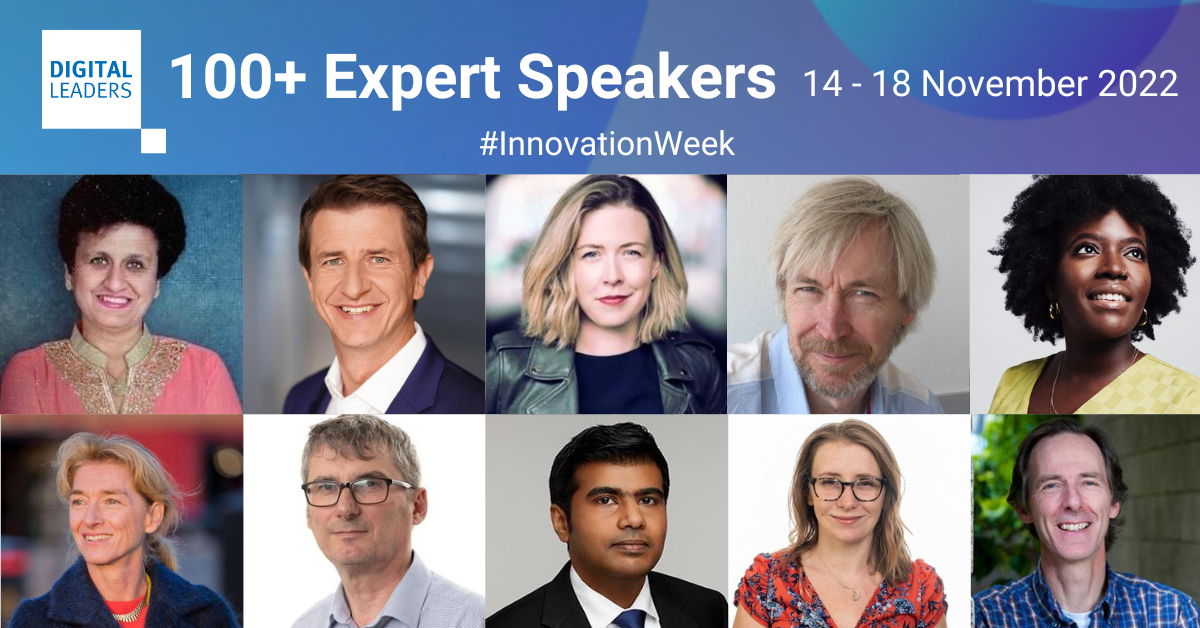We are rapidly moving into a new digital era as consumer expectations continually change and the influence of wider societal awareness around the issues of climate change, diversity, inclusion, and emotional wellbeing, grows. Now is the perfect time for organisations to reflect this in their online presence, or risk being left behind as people opt for rivals that offer better digital experiences that showcase a company's purpose and values.
With this in mind, we recently ran a digital panel discussion “Composable, Accessible, Sustainable: Designing Digital Systems for a Better Future”, focused on the three key elements that every organisation should build into their digital platforms today.
QUALITY DIGITAL EXPERIENCES DON'T HAVE TO HARM THE ENVIRONMENT
Our expert panel agreed that adopting digital composability, accessibility and sustainability is a business necessity. The conscious consumer is on the rise, and their decisions can be driven by a brand’s social and environmental credentials. But with this change comes opportunity.
As MSQ Chief Sustainability Officer James Cannings, said: “Lots of the things that we’re talking about lead to better experiences, which is going to be beneficial, both from a revenue perspective, and from a sustainability and accessibility perspective.”
Digital composability, accessibility and sustainability are closely interlinked, with improvements in one area positively impacting another. “There’s a lovely win-win with accessibility and design usability, which also applies to sustainability,” James added, highlighting Amazon’s one-click buying capability as a brilliantly simple user experience that is also a “masterclass in digital carbon footprint reduction” because “it turns six steps into one, using fast, lightweight pages.”
But to truly embed simple, effective solutions that go hand in hand with sustainable and accessible online experiences, takes a shift in mindset. Rather than afterthoughts, they need to be central to the design of an app or a website.
PLACING ACCESSIBILITY AT THE HEART OF YOUR DIGITAL STRATEGY
“I would love to see accessibility and sustainability move beyond compliance and box ticking. It should be seen as a competitive advantage, as well as the right thing to do. I think businesses have got a big part to play in building that empowered internet for everyone,” said Gareth Sully, Head of Experience Design at MMT.
He added: “It's far more powerful to incorporate accessibility from the very start, which increases the positive impact that it brings. That includes things like weaving accessibility design principles into your digital strategy. Then moving on to working with excluded communities throughout the whole design process, which helps our wider teams adopt an inclusive mindset.”
Placing accessibility at the heart of a project has shaped Translink’s redesign of its online services. For a public transport provider in Northern Ireland, catering to a wide demographic and a range of needs was a key priority: “From the start we thought, how can we make our services really accessible and build them from that perspective? How can we provide things that are inherently easy to use and attractive to customers, that extend our reach without having to attract people to our website all the time? How do we use social? How do we use WhatsApp? How do we use things like digital home speakers and so on? We were very commercially driven,” said Clare Costello, Head of Digital at Translink.
As a publicly funded organisation with a large digital estate and numerous teams, value for money was another key priority of Translink’s digital transformation. “That meant looking at our digital delivery from an enterprise perspective, and how we could repurpose and reuse the features and applications that we build,” explained Clare. “From a business perspective, that allows us to deliver more efficiently with speed and at a lower cost. From a customer experience perspective, we provide consistent and familiar experiences.”
COMPOSABLE DIGITAL PLATFORMS ARE THE NEXT BIG THING
Underpinning sustainable and accessible digital services is the third element of our discussion: composability. Or, to put it simply, a set of components that can be selected and assembled in any combination to satisfy different use cases.
We were lucky to have Thomas Clayson, Head of Solutions Engineering at Contentful, join our panel discussion with some brilliant insights around headless CMS, a platform that embodies the principle of composability. Thomas explained that composable architecture is about components that are self-contained. These generic components can be deployed independently. Anything that is inputted into a composable technology can be reused across different platforms and different touch points.
Alongside the efficiency and versatility, the headless CMS allows, it also enables a business to scale up the content. Reusability, which composable architecture enables, allows content editors repurpose those components that have already been built to get to market a lot quicker.
That means accessible and sustainable content and digital tools can be swiftly rolled out across an organisation and into new markets. In fact, as Gartner predicts, by 2023 organisations that take a composable approach will outpace their competition by 80% in implementing new features.
These elements are, as Thomas noted, putting in place “the foundations for businesses to be agile in future”. In a rapidly evolving economic, environmental, and social landscape the ability to move quickly with the times is going to be crucial.
To hear all the insights of our panel, you can watch the full webinar here. And if you’d like to chat about how we can help you develop composable, accessible and sustainable digital services, please get in touch.









